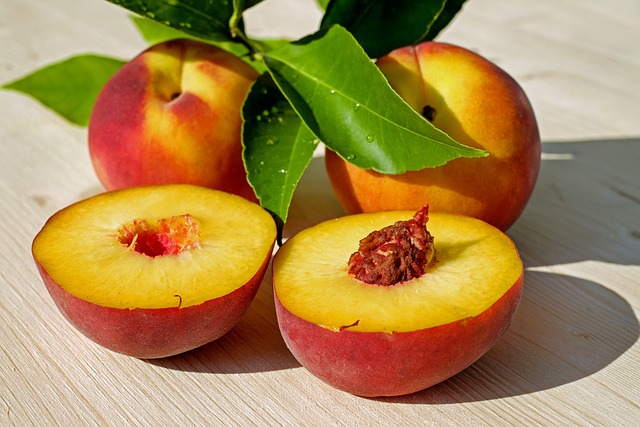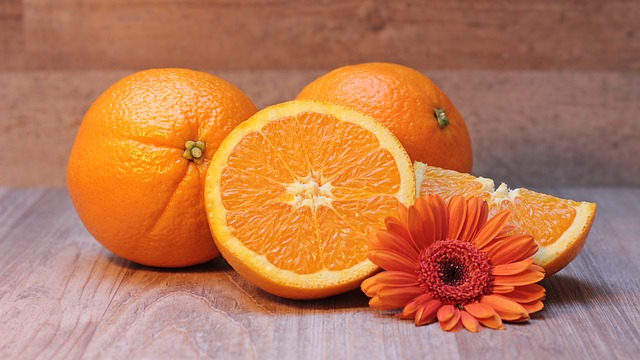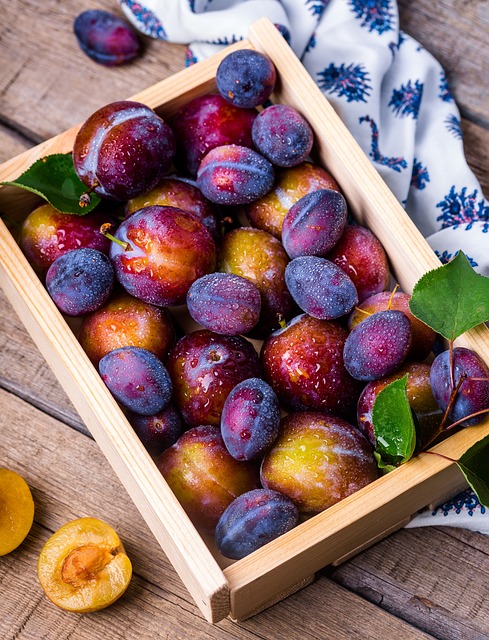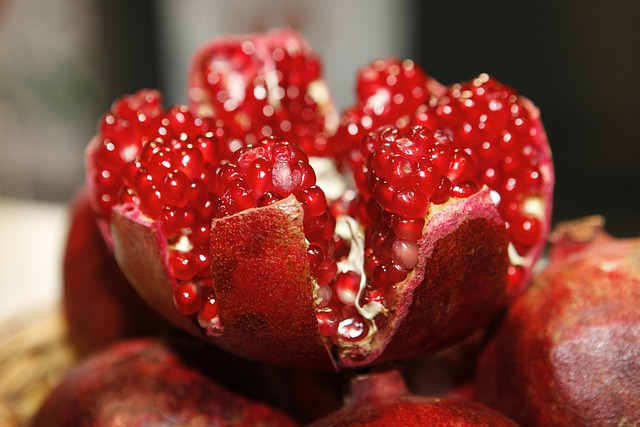From Yogurt to Kombucha: Exploring Different Sources of Probiotics
Probiotics are living microorganisms that offer a wide range of health benefits. These beneficial bacteria and yeasts can be found in various fermented foods and drinks, such as yogurt, sauerkraut, and kombucha. Incorporating probiotics into your diet can have a positive impact on your digestive system, immune function, and overall well-being. In this article, we will delve into the different sources of probiotics and their unique qualities.
1. Yogurt
Yogurt is one of the most well-known sources of probiotics. It is made by fermenting milk with live bacteria cultures, primarily Lactobacillus and Streptococcus. These strains of bacteria convert lactose, the natural sugar in milk, into lactic acid, giving yogurt its tangy flavor. When consumed, these live bacteria can colonize the gut, promoting a healthy balance of microflora.
Yogurt is not only a delicious snack but also provides essential nutrients like calcium, protein, and B vitamins. When purchasing yogurt, make sure to choose varieties that are labeled as containing live or active cultures to ensure you’re getting the probiotic benefits.
2. Kefir
Kefir is a fermented milk drink similar to yogurt. However, it is generally more liquid in consistency and has a slightly sour taste. The fermentation process involves kefir grains, which are a combination of yeast and bacteria, fermenting the milk. Kefir contains a wide range of probiotic strains, including Lactobacillus, Bifidobacterium, and Saccharomyces. These probiotics can help improve digestion, boost immunity, and reduce inflammation.
Kefir can be enjoyed on its own or added to smoothies for an extra probiotic kick. It is also available in non-dairy varieties such as coconut or almond milk kefir, making it suitable for individuals with lactose intolerance or following a vegan diet.
3. Sauerkraut
Sauerkraut is a traditional fermented cabbage dish that originated in Germany. It is made by finely shredding cabbage and fermenting it with salt, allowing the growth of lactic acid bacteria. The fermentation process gives sauerkraut its tangy flavor and unique probiotic qualities. The most common probiotic strains found in sauerkraut are Lactobacillus plantarum and Lactobacillus brevis.
In addition to probiotics, sauerkraut is also rich in fiber, vitamins C and K, and various antioxidants. It can be enjoyed as a condiment on sandwiches, salads, or as a side dish to add a flavorful probiotic boost to your meals.
4. Kimchi
Kimchi is a traditional Korean dish made from fermented vegetables, primarily cabbage, radish, and scallions. It is seasoned with various spices, including chili powder, ginger, and garlic, which contribute to its distinctive flavor. Kimchi is a probiotic powerhouse, containing strains of Lactobacillus and Leuconostoc.
Similar to sauerkraut, kimchi offers more than just probiotics. It is a low-calorie food packed with vitamins A, B, and C, as well as antioxidants. Kimchi is best enjoyed as a side dish or a flavorful addition to stir-fries, rice dishes, or even tacos.
5. Kombucha
Kombucha is a fermented tea drink that has gained popularity in recent years. It is made by fermenting sweetened tea with a symbiotic culture of bacteria and yeast (SCOBY). The fermentation process produces a tangy, slightly fizzy beverage with a variety of probiotic strains, including Acetobacter, Brettanomyces, and Gluconacetobacter.
Aside from probiotics, kombucha also contains organic acids, antioxidants, and enzymes. It is believed to support gut health, improve digestion, and provide an energy boost. Kombucha is often consumed as a refreshing beverage, and it comes in a wide range of flavors to suit different tastes.
Conclusion
Incorporating probiotics into your diet can have a positive impact on your overall health and well-being. Whether you prefer yogurt, kefir, sauer







